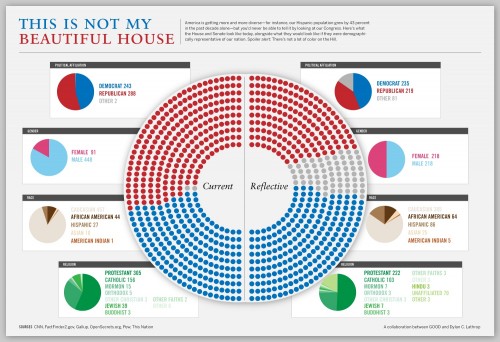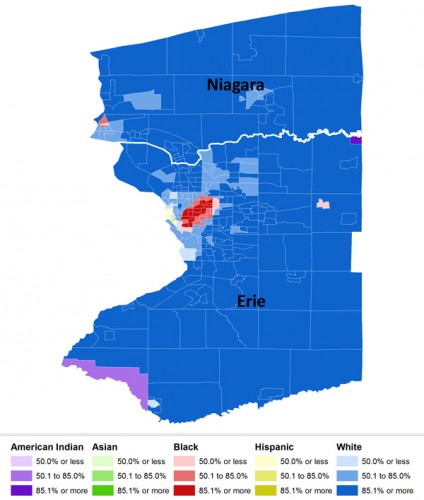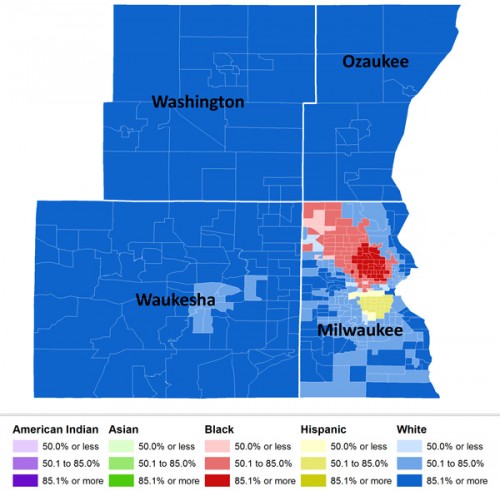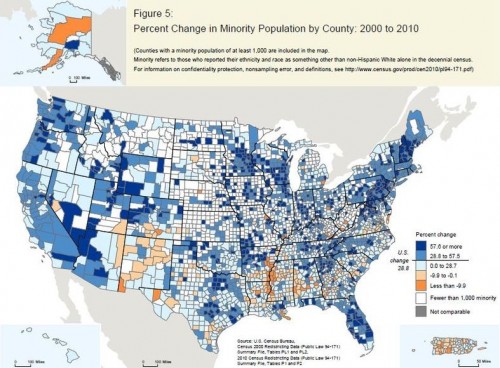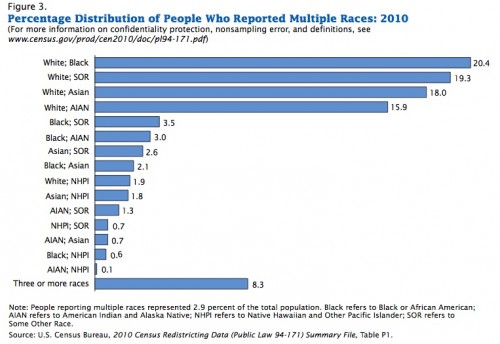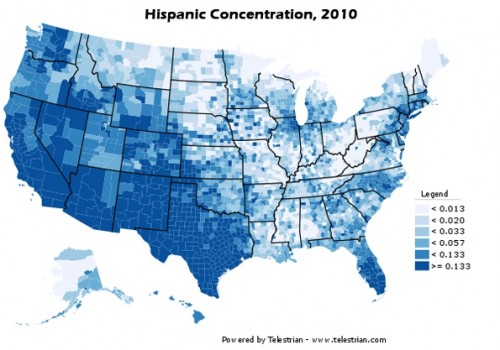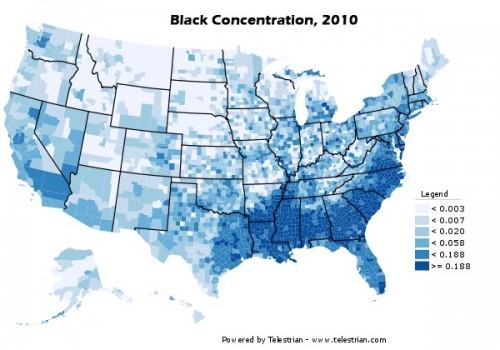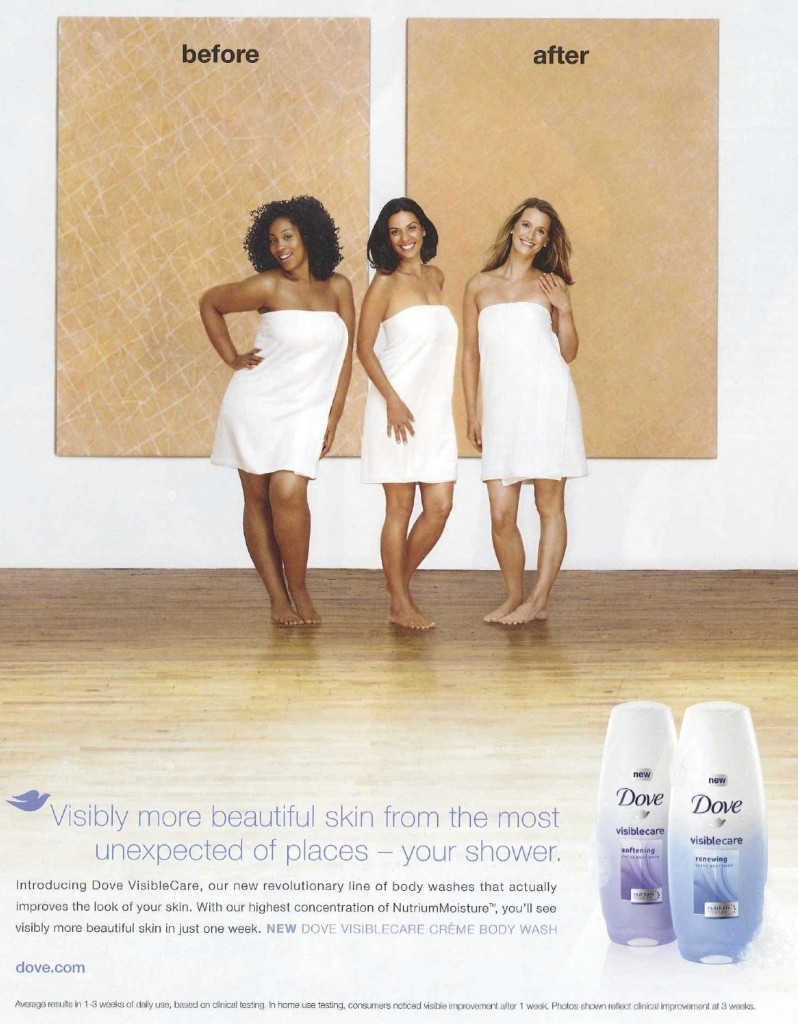Sonita M. sent in a link to an image at GOOD that shows the makeup of the U.S. Senate and House of Representatives now in terms of various characteristics (race/ethnicity, gender, political party, religion) and what it would look like if its members were more demographically representative of the U.S. population as a whole:
As they point out in the accompanying article, however, the area where Congress most differs from the U.S. population as a whole is in terms of socioeconomic status. The average wealth of members of Congress, according to OpenSecrets.org (they don’t specify if it’s the mean or the median, so I presume it’s the mean):
For the U.S. as a whole, median wealth was $96,000 in 2009 (the mean was $481,000), according to the Federal Reserve (via CNNMoney).

